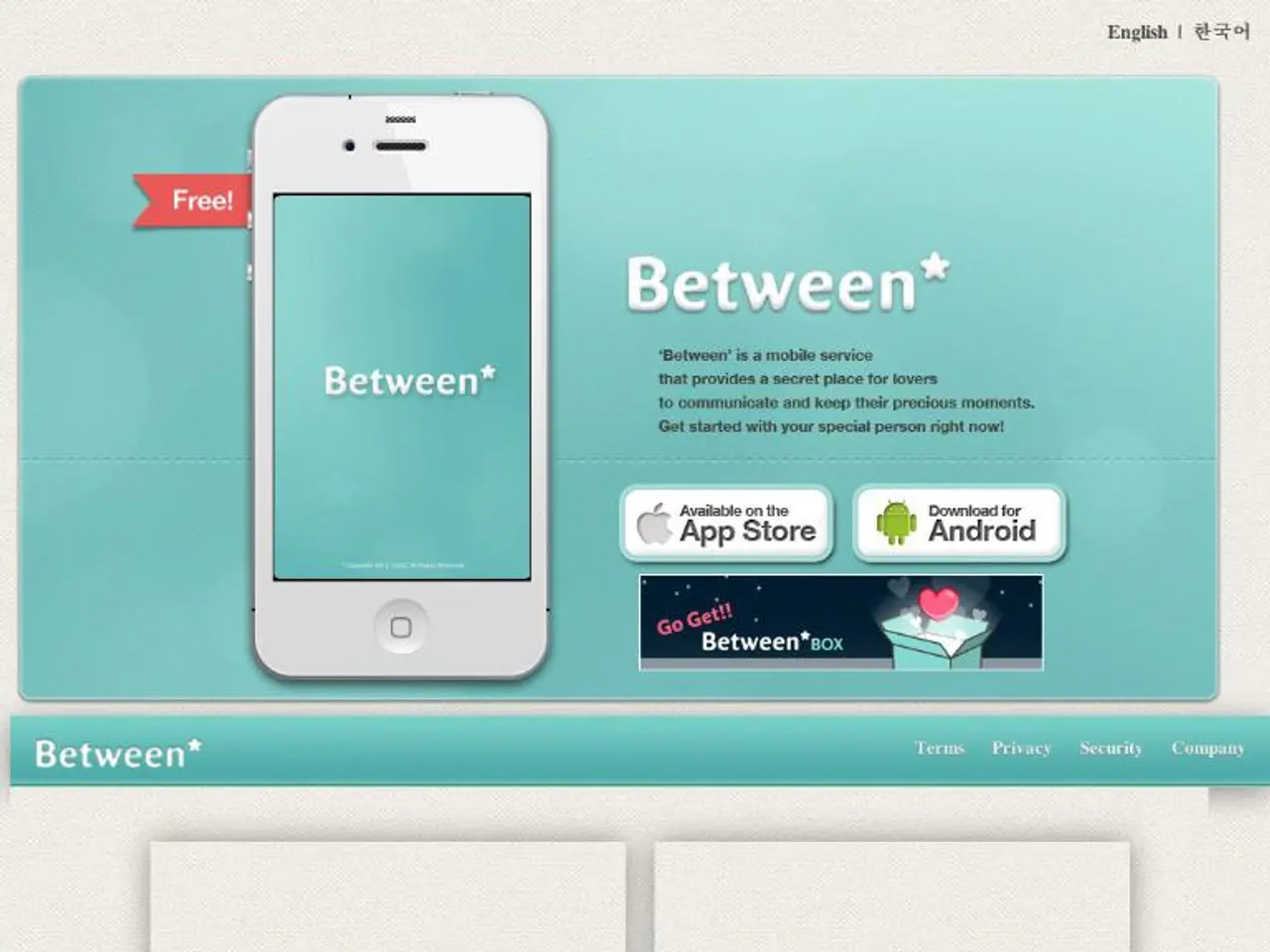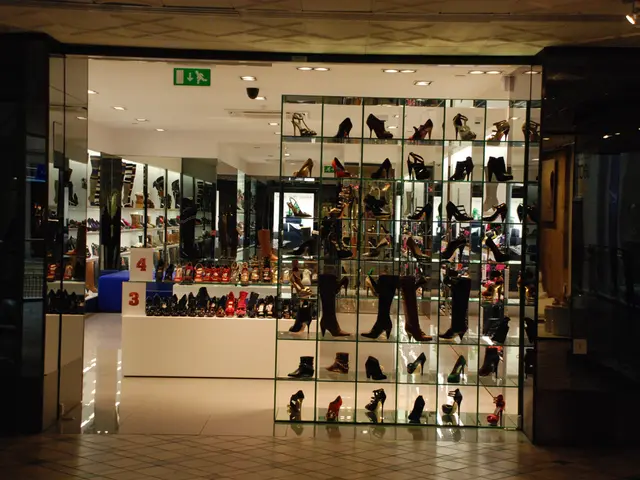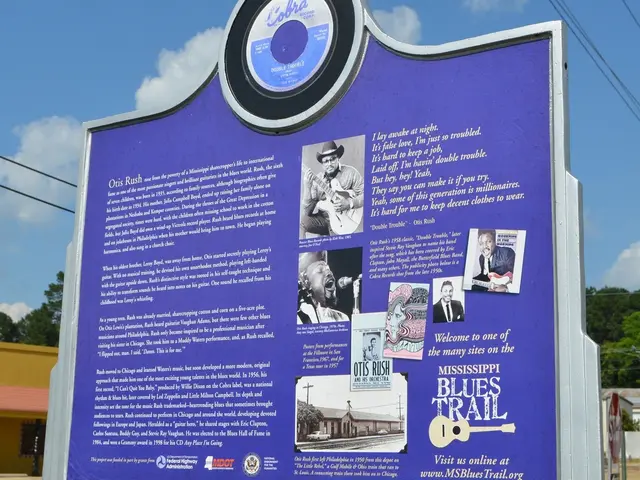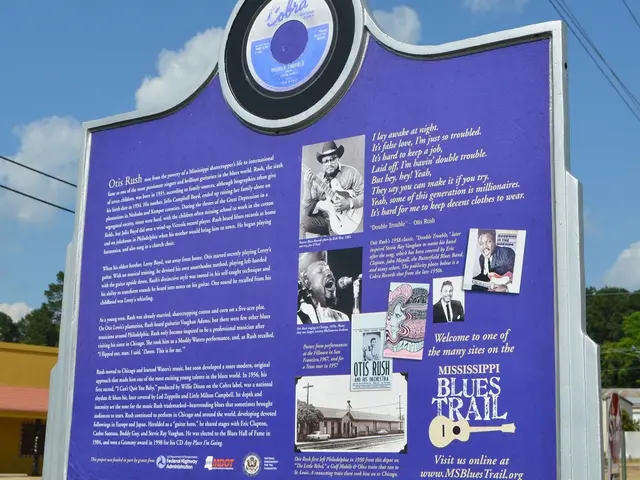In a groundbreaking move, Director Danny Boyle and Cinematographer Anthony Dod Mantle utilized iPhones to create the movie that became a $100 million blockbuster, 28 years later.
In a bold move that reflects the intersection of technology and culture, filmmakers Danny Boyle and Anthony Dod Mantle chose to use the latest iPhone 15 Pro models to shoot key scenes in their new post-apocalyptic thriller, "28 Years Later."
This decision was a deliberate artistic, technical, and cultural choice, aiming to marry cutting-edge consumer technology with a raw, immediate cinematic style reminiscent of the original "28 Days Later." The filmmakers sought to create a more authentic, visceral look that aligns with the original, which famously used a grainy Canon XL1 digital video camera to achieve a flexible, guerrilla-style aesthetic.
The use of iPhones offered several advantages. Their portability and lightweight nature allowed for dynamic, high-contrast, high-resolution footage, especially in fast-paced scenes, giving the film a "lo-fi, anyone-can-do-this look" that enhances immersion and urgency.
Moreover, the iPhone 15 Pro models are equipped with advanced camera technology, including the ability to shoot Apple ProRes video in log color profiles at 4K resolution. The filmmakers complemented this with professional lenses, mounts, and custom multi-phone rigs to extend capabilities far beyond simple smartphone video, such as creating wide fields of view and complex effects like "poor man’s bullet time" with a rig of 20 iPhones capturing simultaneous angles.
The choice to use iPhones also provided a cost-effective and highly portable alternative to traditional bulky cinema cameras and rigs, offering flexibility for on-location shooting and enabling creative cinematographic approaches less feasible with standard film equipment.
The decision to use iPhones in "28 Years Later" connects to a broader cultural trend where emerging technology lowers barriers for filmmakers. It echoes how the original film utilized then-novel digital cameras to disrupt conventions in horror cinema, reflecting a cultural shift where powerful filmmaking tools become accessible beyond big studios, mirroring evolving storytelling methods influenced by consumer technology.
However, Boyle and Dod Mantle did not abandon traditional cinema techniques entirely. They integrated iPhones alongside conventional cameras and drones, illustrating a hybrid approach that embraces technological innovation without fully abandoning established practices. This interplay symbolizes how modern storytellers blend new digital tools with established practices to enrich film language and production aesthetics.
Reflecting on their choice to use iPhones, Boyle and Dod Mantle discussed the intersection between technology and culture, turning the limitations of these devices into advantages. They saw it as a natural progression from their previous work on "28 Days Later," where digital photography made the world feel like it was coming apart bit by bit.
Boyle views "28 Days Later" as the best example of a story visualized, told, and executed well in his career. He was certain that "28 Years Later" should be shot using ubiquitous and ever-evolving technology. The characters' relationship with technology in "28 Years Later" raises the question of whether a society can move forward without technology.
GQ recently interviewed Boyle and Dod Mantle about their decision to use iPhones in "28 Years Later," shedding light on their thought process and the impact of technology on modern filmmaking. Over two decades later, we all carry advanced filmmaking tools in our pockets, and "28 Years Later" is a testament to the power of this democratization of filmmaking.
GQ recommends that filmmakers looking to blend technology and culture in their work might find inspiration in the production of "28 Years Later," where smartphones and gadgets like the iPhone 15 Pro were used to capture unique footage styles. The film's use of advanced technology, coupled with a raw cinematic style evocative of the original "28 Days Later," created an authentic and visceral aesthetic that mirrors the evolving landscape of both storytelling and consumer electronics. Technology, in this case, serves as a means to create a more immersive and accessible cinematic experience, exemplifying the intersection of culture, style, and cutting-edge technology.




